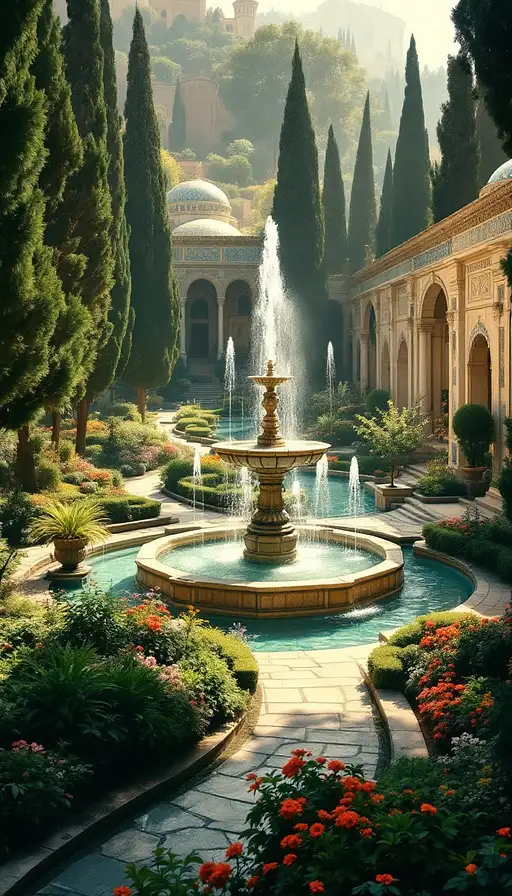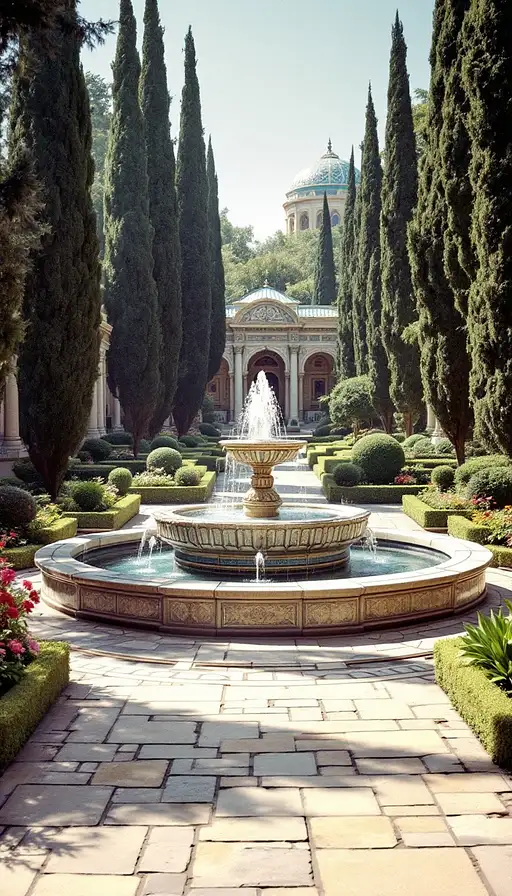
7 months ago
"A hyper-detailed scene of a rugged, Star Wars-style spaceship taking off from the bustling, gritty streets of Mos Eisley. The spaceship is unique yet crafted in the same design philosophy as the original Star Wars models: a mix of utilitarian functionality and well-worn aesthetic. Its asymmetrical hull features a patchwork of mismatched plating, exposed pipes, and modular components that suggest a history of field repairs and custom upgrades. The engines roar to life, with glowing blue and white plasma erupting from exhaust ports, creating waves of heat distortion as the ship lifts off. Dust and sand swirl violently beneath the thrusters, casting dynamic shadows over the scene. Below, Mos Eisley comes alive in vivid detail. The sandstone buildings, worn smooth by the desert winds, feature a variety of domes, towers, and makeshift structures patched with metal sheets and tarps. The streets are chaotic, filled with a mix of humanoid and alien species, along with droids and repulsorlift vehicles. Merchants hawk their wares from cluttered stalls, while others hurriedly shield their faces from the dust storm kicked up by the ship’s ascent. A pair of stormtroopers in sand-worn armor surveys the scene, their stark white standing in contrast to the sandy hues of the environment. In the background, other spaceships in varying states of disrepair are parked around the spaceport, some actively unloading cargo or undergoing repairs by a mix of aliens and maintenance droids. The sky above is bathed in the warm light of Tatooine’s twin suns, streaked with the contrails of distant ships and faint wisps of clouds. The gritty realism, intricate textures, and chaotic energy capture the essence of Mos Eisley, while the ship’s takeoff embodies the iconic, tactile craftsmanship of Star Wars model design, evoking a sense of adventure and possibility in this galaxy far, far away."





